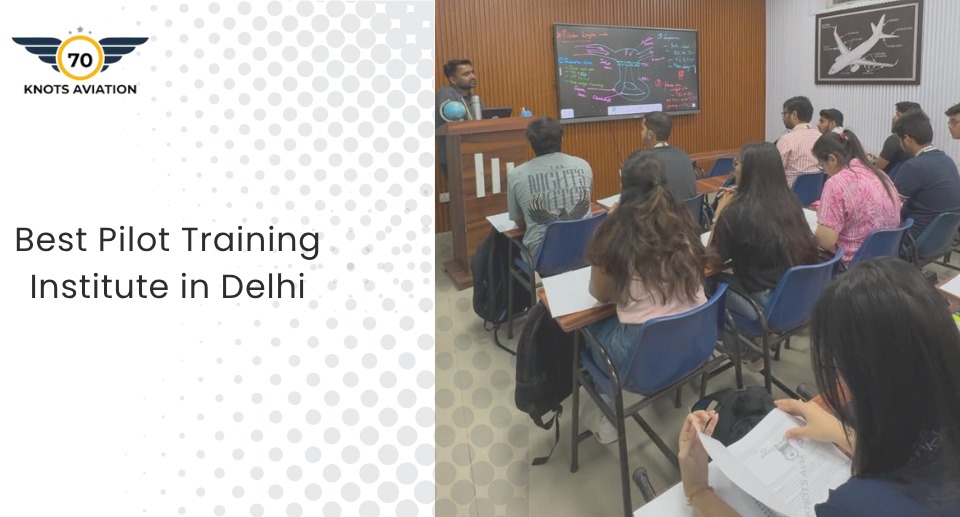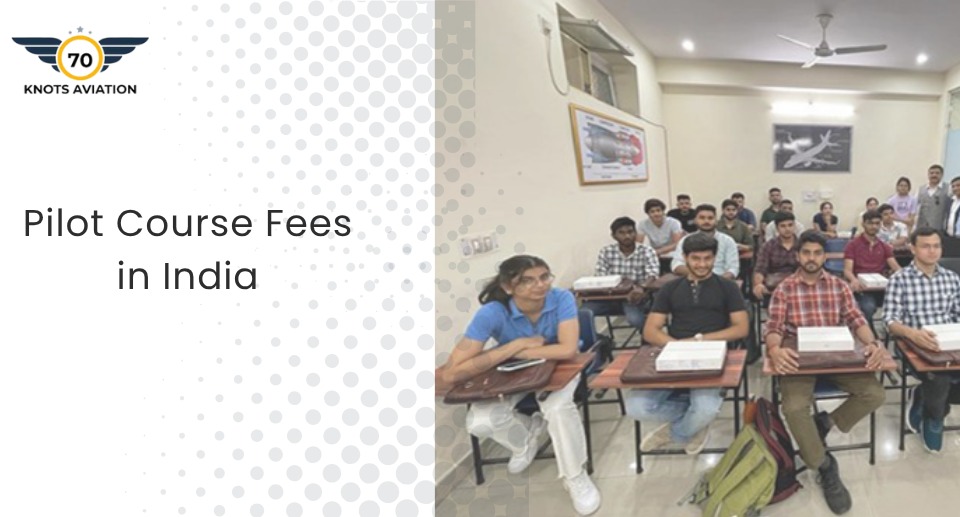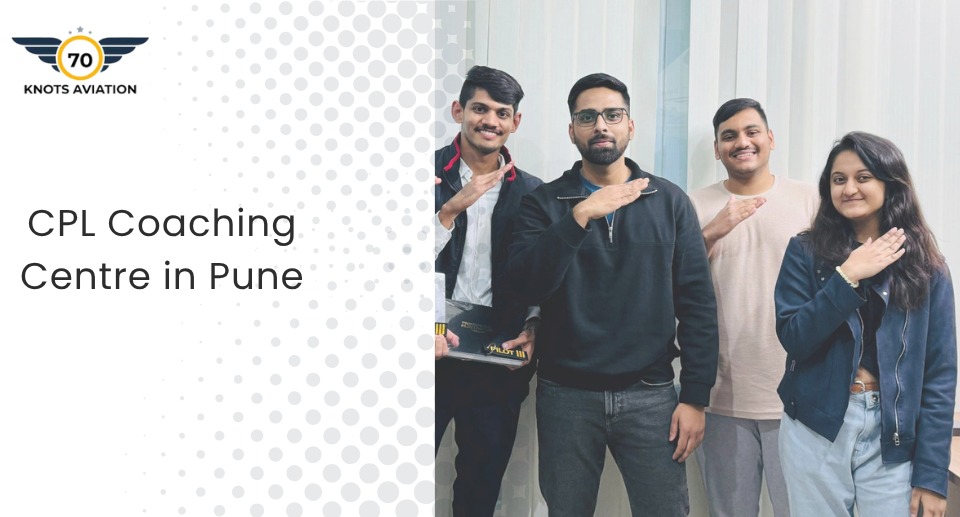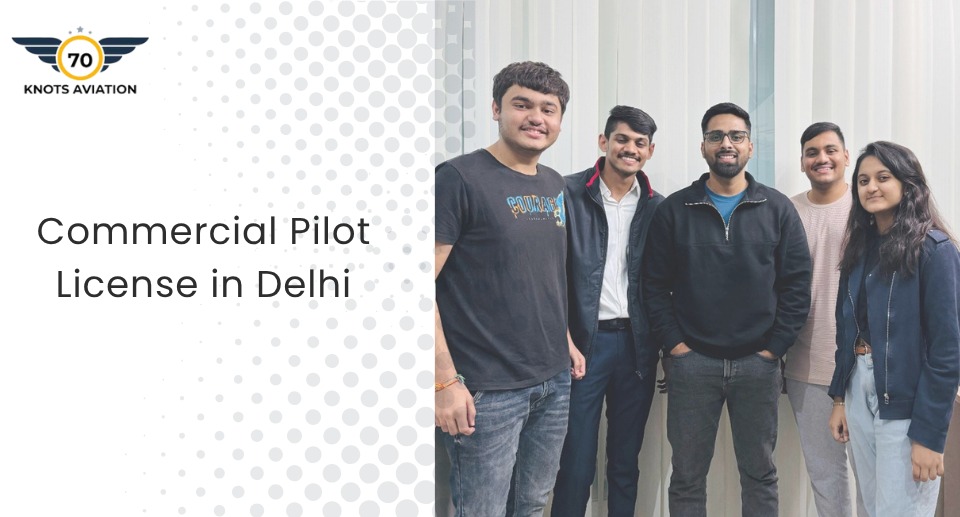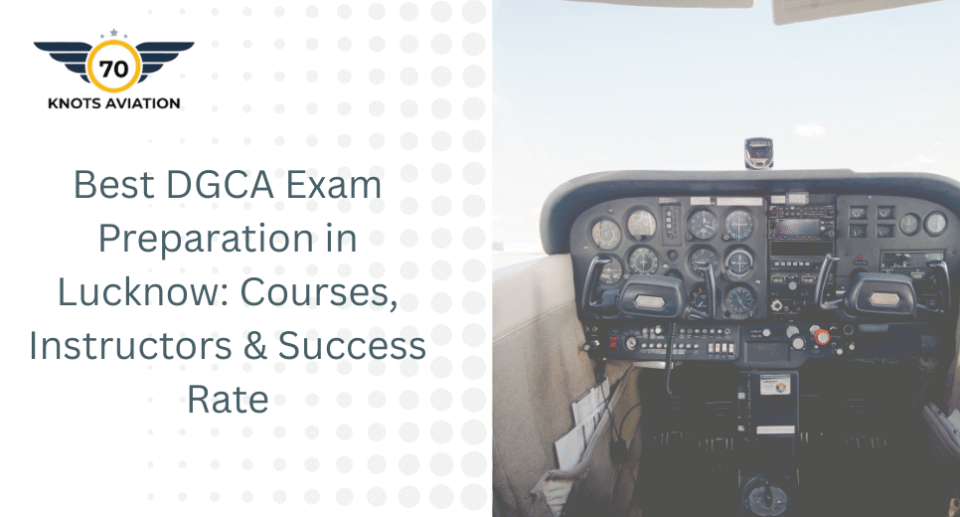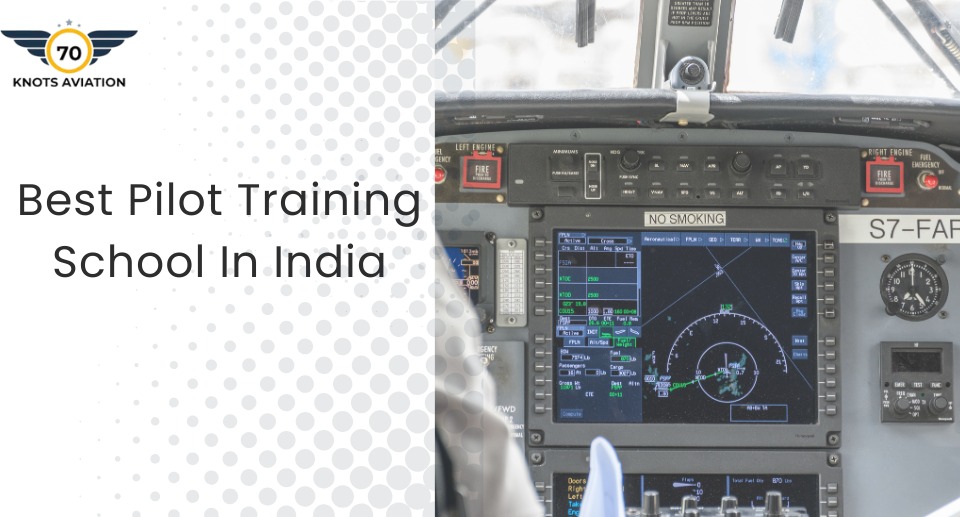How to Become a Pilot – Step-by-Step Guide | 70KnotsAviation
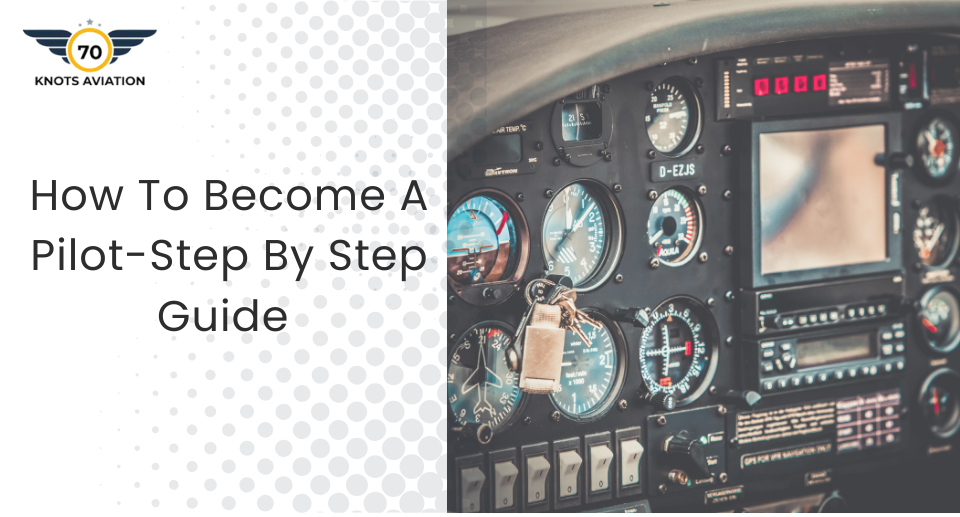
Many aviation enthusiasts dream of becoming pilots—an occupation of glamour and freedom. But too often, the pathway from the fantasy to the cockpit remains shrouded in mystery. At 70knotsaviation, we help aspiring pilots understand the process of going from person on the ground to taking command of an aircraft high above. In this blog, we will demystify that journey by breaking down the steps involved in becoming a pilot, explaining the types of licenses you can hold, and answering some frequently asked questions.
Understanding the Basics of Becoming a Pilot
- It’s essential to grasp what it entails to become a pilot before leaping into the particulars.
- The journey almost always starts with a love for flying and moves toward education and training.
- At 70knotsaviation, we place a premium on a solid foundation in aviation knowledge, which includes the nuts and bolts of aerodynamics, navigation, and meteorology.
Step 1: Research and Choose Your Path
Your initial step in this pathway is to investigate the various kinds of pilot licenses that are out there. The majority of licenses are of these three types:
– Private Pilot License (PPL): This is the entryway license, which allows you to fly for personal reasons but not for hire.
– Commercial Pilot License (CPL): The commercial license permits you to get remuneration for flying, but not at the airliner level.
– Airline Transport Pilot License (ATPL): This is the highest echelon license and allows you to hold down any kind of pilot job, including at an airline.
If you want to be the boss of the airplane, you need an ATPL.
Step 2: Meet the Eligibility Requirements
The prerequisites for becoming a pilot typically entail:
– Age: You should be a minimum of 17 years (for PPL) and 18 years (for CPL).
– Medical Certification: A medical certification is in place to ensure you meet the health standards set forth by the powers that be in the aviation industry.
– Education: The basic requirement isn’t much, but the upward trend in pilot education continues, with many choosing to complete a four-year degree and some pursuing master’s degrees.
Step 3: Enroll in a Flight School
Once you have met the eligibility requirements, the next step is to enroll in a flight school. At 70knotsaviation, we offer a range of flight training programs that are tailored to your needs. Look for a school that is accredited and has instructors with plenty of experience. Consider such factors as location, cost, and the type of aircraft that you will train in.
Step 4: Ground School Training
Pilot training has two major components. The first is ground school, where students learn the theoretical aspects of flying. The second is flight training, where students put what they learned in ground school to practical use. At 70 Knots Aviation, we provide both ground school and flight training. The difference is that what you’re reading about in this book is what you would learn in flight training, not ground school.
Step 5: Flight Training
Flight training is where you will gain experience that is hands-on. You will be taught how to operate an aircraft under the helpful and watchful eye of a certified flight instructor. The key components of flight training are these:
- Flight Maneuvers: Learning those basic, essential maneuvers needed to perform in an aircraft as well as those required to successfully pass a flight test.
- Navigation: Understanding the in’s and out’s of getting an aircraft from one point to another.
- Emergency Procedures: Planning (at the very least mentally) for how to handle those times when the unexpected happens. Learning how to lie to yourself, for instance, so that you think you’re just rehearsing when really you’re doing something many pilots never do and that’s plan for not being able to do anything that an aircraft is supposed to be able to do.
Step 6: Pass the Written Exam
Once you have finished your ground school and your flight training, the next step is to pass a written test. This test measures how well you know the principles of aviation, the pertinent regulations, and the safety procedures essential to a well-functioning aviation environment. 70knotsaviation offers materials to help you get ready for this test. We have study materials and practice tests that, when used, bolster the pass rate for our clients to a level that we find quite satisfying.
Step 7: Complete Your Flight Test
The last part of getting a pilot license is finishing a flight test, also called a check ride. This test shows examiners how well you can fly and how much you know about flying. You must pass this test to become a pilot.
FAQs About Becoming a Pilot
What is the cost of becoming a pilot?
Licenses vary in cost, and so do the flight schools, making for a mixed bag of expenses when a student takes to the air. On average, the PPL runs from about Rs 700,000 to Rs 1,500,000. The CPL is quite a jump, with average fees from Rs 40,00,000 to Rs 70,00,000.
How long does it take to become a pilot?
The timeline for achieving the PPL and CPL can vary greatly depending on the individual. Generally, it takes about 3 to 6 months to obtain a PPL and an additional 6 months to a year for a CPL, depending on your availability and the frequency of your training.
Do I need a college degree to become a pilot?
Even though a college degree isn’t required, it can be advantageous if you’re networking your way to a career as a commercial pilot or an airline transport pilot. Most major airlines would rather hire someone with a degree than without.
Can I become a pilot if I have a medical condition?
The patient’s condition and its severity affect the chances of eligibility. You might need to undergo certain tests, or even a complete medical examination, to decide if you are eligible or not. Some conditions might necessitate additional testing that is not standard.
What are the job prospects for pilots?
The upcoming years look promising for pilots. Demand is expected to grow. The aviation industry is rebounding. And with the right training and experience, you can find a number of opportunities in a number of sectors: commercial airlines, cargo, and private aviation.
Conclusion
The journey towards becoming a pilot is an exhilarating one—but it does take a bit of time (not to mention some funds) to get through the steps from wannabe to actual aviator. Here’s what we found to be the most accurate and comprehensive roadmap toward reaching your ultimate destination of flying high in the sky.

